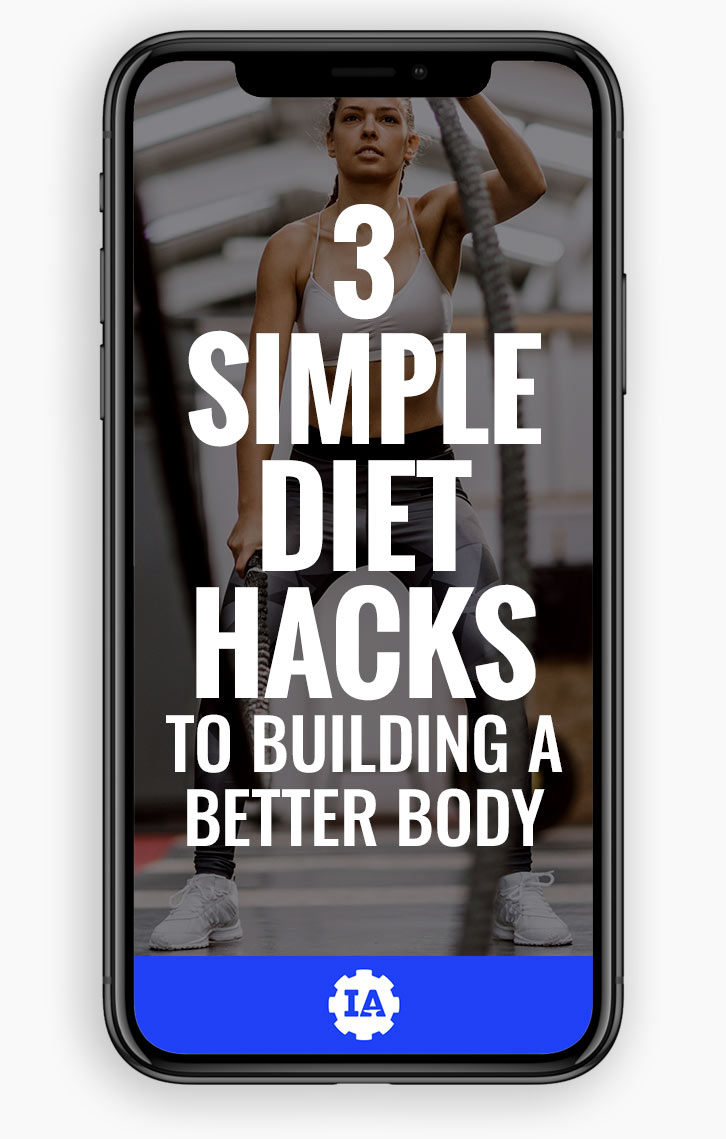Podcast: Play in new window | Download | Embed
Ending Bad Habits
It is time to end our series on Habits and move to new topics on how to improve your life through the aggregation of marginal gains. Before we leave, however, we first need to address ending bad habits.
Review
For a quick review, to form a habit, we need to follow the equation of B=MAP. Spelled out, behavior modification (a habit) = motivation + ability + prompt. When we get motivated to do something, we have to act quickly because motivation can go away fast. To help with motivation, we need to reduce the action itself down to something super simple. Don’t worry about doing 100 pushups on day one, do 1 pushup. Don’t try to cook an entire meal of nothing but healthy food. Simply try making some healthy vegetables.
For the ability factor, we follow the ability chain: time, money, physical capacity, mental capacity, routine. If you are lacking any one of these links in the chain, you cannot form a habit. Thus, you may have to increase your learning. You may have to increase your skills. If you want to cook healthier dinners, but don’t know you to cook, you need to add to your physical and mental capacity.
Finally, anything can be used as a prompt. This is simply a reminder to carry out your action. You could use an alarm, a paper reminder, or a previous step in your regular routine. If one prompt doesn’t work, try another. The best kinds of prompts are those that are already part of your life. You regularly brush your teeth. So, use that action in your routine to prompt you to floss.
Killing Bad Habits
Now that we have that review, how does this relate to overcoming a bad habit? Well, it’s not enough to simply say that you will overcome the bad habit with a good habit. To do that, you have to try to replace an action that is already a habit with an action that isn’t a habit yet. In other words, you are trying to replace an easy action with a harder action. That’s a recipe for failure.
Instead, refer to the discussion above on how to form a habit.
First, you need the behavior modification, the new habit, the new action. Pick an action that will replace the bad habit. Maybe you want to start running instead of sitting on the couch eating potato chips. Or, you want to start cooking lean meats and vegetables instead of pasta and pizza.
Next, overcome your strong, but wavering motivation. reduce that new action way down so it is super easy. Don’t worry about running 3 miles tomorrow, simply try to put on your shoes and go outside. Go out and buy some vegetables so you have them in the fridge. Your action will grow once you start.
Now, look at your ability. Go back through the ability chain and check off each box. Do you have the time for your new habit? Sure, take the time you would be sitting on the couch and dedicate that to running. However, if your new habit is making dinner from scratch, time might be a limiting factor. When you find a break in the ability chain, address that issue.
Finally, set your prompt. Pick a solid reminder. Set your running shoes next to the couch so you see them . . . boom, prompt. Put a note on your fridge reminding you to grab vegetables, not pasta for dinner . . . boom, prompt. Try different prompts until you find one that works.
If you follow the above steps in an effort to find a new habit, replacing that bad habit will be easy. Alternatively, you can disrupt B=MAP to kill a bad habit all together. Change your routine so you don’t have the time to do the bad habit. You just broke the ability chain. Therefore, if you’ve been following along, you know that habit (whether bad or good) is not dead.
Benjamin Franklin once said it is easier to prevent a bad habit than it is to stop one. That’s true. However, bad habits have a sneaky way of working themselves into our life. Following the steps above, you will be in control of those bad habits.



